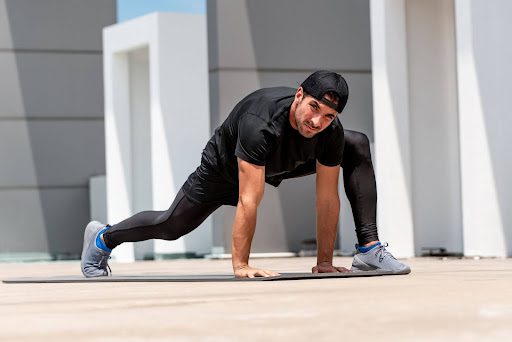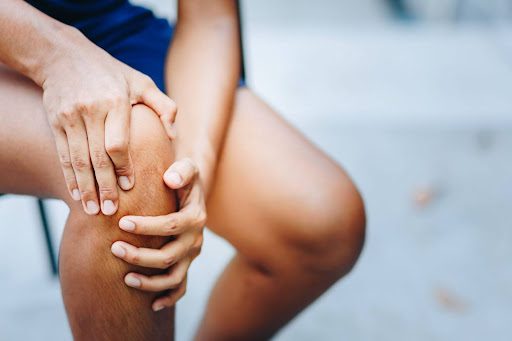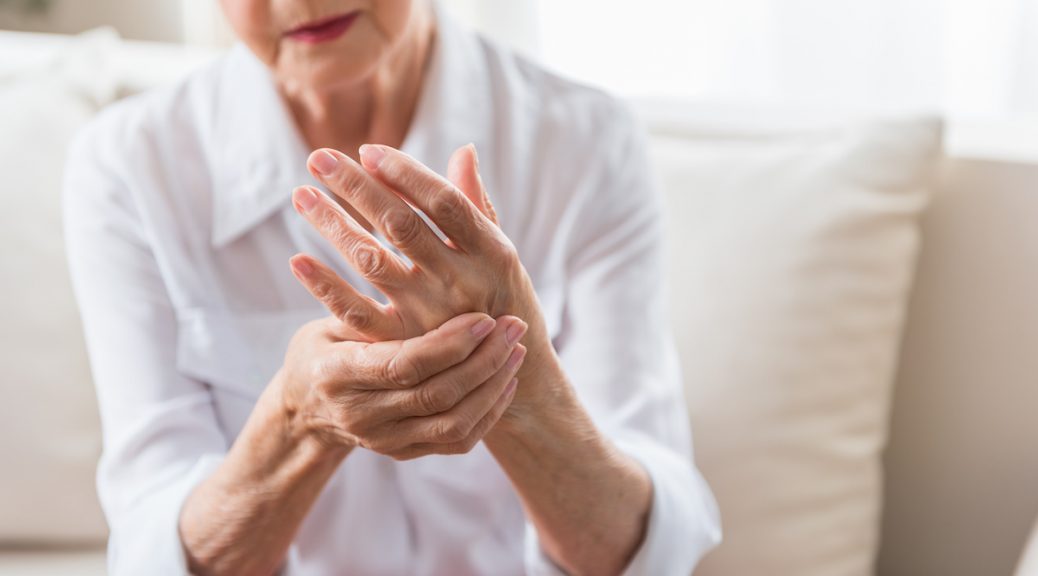Two professions often mentioned in the same breath are occupational therapy (OT) and physical therapy (PT). While both fields aim to improve individuals’ quality of life and functional ability, they do so through different lenses and approaches.
Occupational Therapy Versus Physical Therapy
Understanding the nuances between occupational therapy and physical therapy can help individuals make informed decisions about their healthcare needs and clarify misconceptions. Here at Paris Orthopedics, we’re here to help you learn the differences between these two disciplines.
Occupational Therapy: Enabling Meaningful Engagement
Occupational therapy revolves around helping individuals of all ages participate in meaningful activities or occupations. These occupations encompass various aspects of daily life, including self-care, productivity, and leisure. The primary goal of occupational therapists is to enhance individuals’ ability to perform these activities independently or with minimal assistance. A minimum of a master’s degree (e.g., Master of Occupational Therapy or Doctor of Occupational Therapy program) and state licensure is required to become an OT.
One distinguishing aspect of occupational therapy is its holistic approach. Therapists evaluate not only physical abilities but also cognitive, emotional, and environmental factors that influence a person’s engagement in activities. For example, an occupational therapist might work with a stroke survivor to regain motor skills necessary for dressing themselves while also addressing cognitive deficits affecting their ability to plan and sequence tasks.
Furthermore, occupational therapy often involves adapting environments or recommending assistive devices to facilitate participation in daily activities. This could range from installing grab bars in a bathroom to suggesting modifications in a workplace to prevent injuries or discomfort.
Physical Therapy: Restoring Movement & Function
Physical therapy, on the other hand, focuses primarily on restoring movement and function in individuals with physical impairments or disabilities. Physical therapists address issues related to mobility, strength, balance, and pain management. Their interventions aim to improve range of motion, build muscle strength, and enhance overall physical function. To be eligible to sit for the national exam, you need to graduate from an accredited higher educational institution with a Doctor of Physical Therapy (DPT) degree.
Physical therapy is commonly associated with rehabilitation following injuries, surgeries, or illnesses. Whether it’s helping someone recover from a sports injury, managing chronic pain, or assisting with mobility challenges due to conditions like arthritis or Parkinson’s disease, physical therapists employ various techniques to promote healing and restore function.
While occupational therapy may encompass physical rehabilitation as part of its interventions, physical therapists specialize in addressing the physical aspects of movement and function. Their focus is primarily on the body’s biomechanics and musculoskeletal system, working to optimize physical performance and prevent further injury.
Key Differences And Overlaps
While OT and PT have distinct focuses and approaches, there are areas where their roles intersect. Both professions collaborate closely in healthcare settings to provide comprehensive care to individuals with diverse needs. For instance, a patient recovering from a traumatic brain injury might receive physical therapy to improve balance and mobility while also working with an occupational therapist to regain the cognitive skills necessary for returning to work or managing daily tasks.
Both occupational therapy and physical therapy aim to increase patient independence through motor skills, hand-eye coordination, motor planning, coordination, and balance.
In essence, while occupational therapy emphasizes meaningful engagement in activities and addresses a broad spectrum of factors influencing function, physical therapy zeroes in on restoring physical movement and function through targeted interventions. At Paris Orthopedics and Sports Medicine, no injury is too large or too small. We treat everything from sprains to joint replacements. Don’t suffer any longer, we are here to help. Check out our website or contact us at (903) 737-0000.










